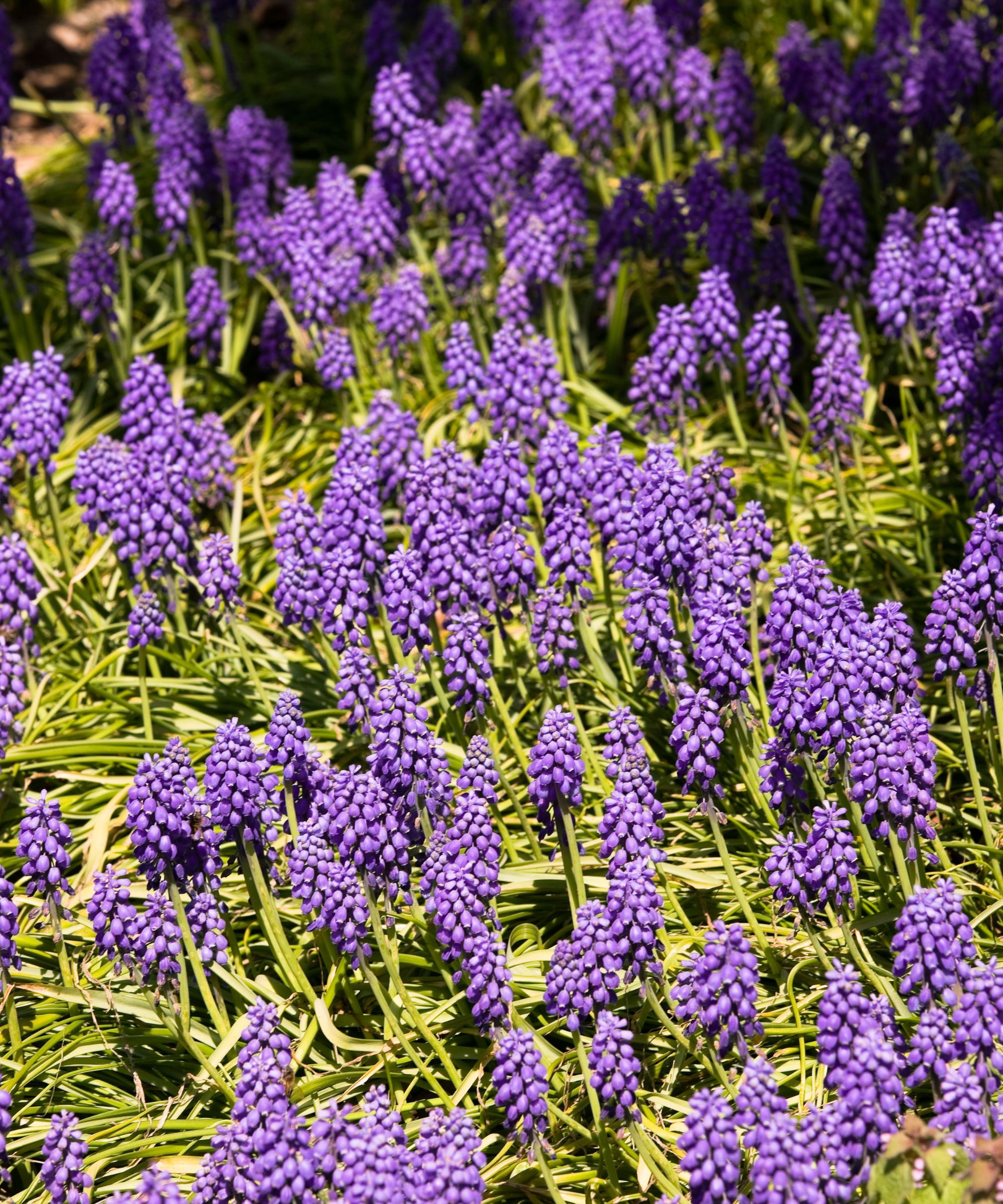When to plant bluebonnet seeds – for brilliant blue additions to your garden
Find out the best time to plant bluebonnets seeds for a beautiful blue pop of color


The stunning bluebonnet flower is a delicate bloom that wows with its vibrancy. A native plant and national symbol of Texas, knowing when to plant bluebonnet seeds is vital to achieving its beautiful blooms.
A big part of knowing how to grow bluebonnets is perfecting the planting season. Planting too soon will cause the seeds to rot or be stolen by birds and garden pests, too late and the seeds may not germinate well enough for springtime blooms.
For a wonderful addition to your flower garden ideas, experts have shared their advice for perfect planting.
When to plant bluebonnets
'Bluebonnets, or Texas Bluebonnets as they are also called, are best adapted to the alkaline, rocky soils of hills and frequent dry weather as opposed to your usual cottage garden ideas conditions,' Rachel Crow, garden editor for Homes & Gardens explains. 'Because of this, bluebonnet seed shells are particularly tough so ensuring the right germination period is vital to cultivating the perfect flowers.'
'It is important to know that bluebonnet seeds' toughness often means a reduced germination rate in the first year or so of planting,' Rachel continues, 'so do not be disheartened if these fragrant flowers are not right in the first few years of age.'
When to plant Bluebonnet seeds

When planting bluebonnet seeds for flower bed ideas in warmer climates such as the southern states of the US, they are best sown in the fall before you want them to flower. Bluebonnets are great to plant in September through to the 15th of December according to the Texas State Department.
'Bluebonnet seeds benefit from a process called scarification,' Rachel says, 'this is the act of puncturing or abrading the outer shell of the seed before planting to allow the seedling to grow more easily.' If you have purchased unscarified seeds or learnt how to collect and store seeds, ensure you lightly damage the outer shells with a razor or the end of a nail directly before planting for the best results.
Design expertise in your inbox – from inspiring decorating ideas and beautiful celebrity homes to practical gardening advice and shopping round-ups.
The earlier in the fall bluebonnets seeds are planted, the better, as the plants develop large root structures over the winter period. The earlier the planting, the larger and more robust the resulting plant. Planting in the summertime, however, is too early, and the weather is not cool enough to begin germination, leaving seeds vulnerable to birds and garden pests.
'Planting pre-scarified seeds makes the planting process easier, however the seeds should be planted at the same time as seeds you have scarified yourself,' Rachel clears up.
Planting bluebonnet seeds in cold climates

'Being native to Texas, bluebonnets appreciate warmer temperatures even in winter,' Rachel says. 'For this reason, climates that frequently drop below freezing for long periods of time may need to consider spring planting.'
If planting in the springtime, make sure you plant towards the very beginning of the season when the ground is still cold to allow for germination. Alternatively, cold stratify your bluebonnets manually indoors using your fridge and transfer the seeds to indoor pots so you can transfer seedlings outside towards spring.
When to plant bluebonnet seedlings

If you have purchased bluebonnet seedlings, or are transplanting bluebonnets, the planting season is much later as the germination process is already complete.
Much like transplanting hydrangeas, move bluebonnets before they bloom, around January to early February, to prevent damage to the roots as they are growing.
How long does it take for bluebonnets to bloom?
Texas Bluebonnets are annual plants, meaning that the time between planting the seeds, full blooms and dying away is around one year. Once planted in fall, the delicate flowers begin to bloom around March, developing seed pods Mid-May.

Chiana has been at Homes & Gardens for two years and is our resident 'queen' of non-toxic living. She spends most of her time producing content for the Solved section of the website, helping readers get the most out of their homes through clever decluttering, cleaning, and tidying tips. She was named one of Fixr's top home improvement journalists in 2024.